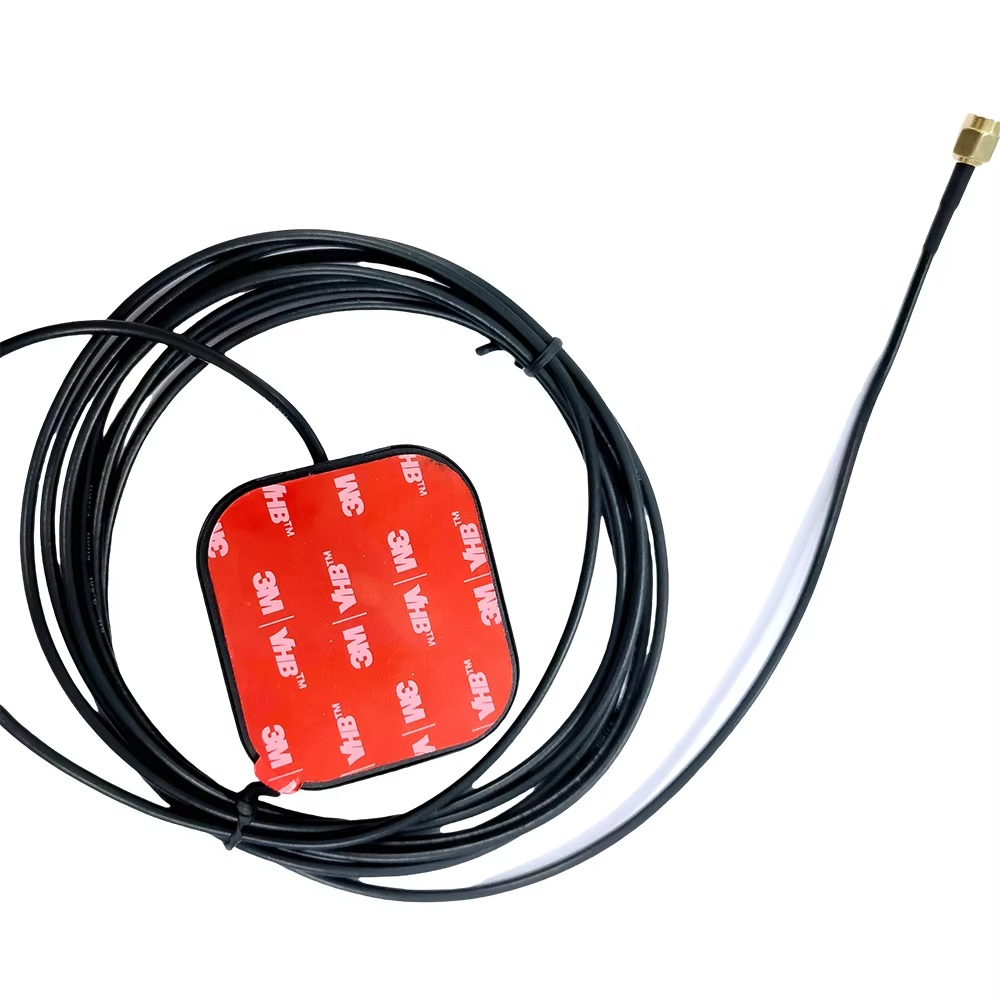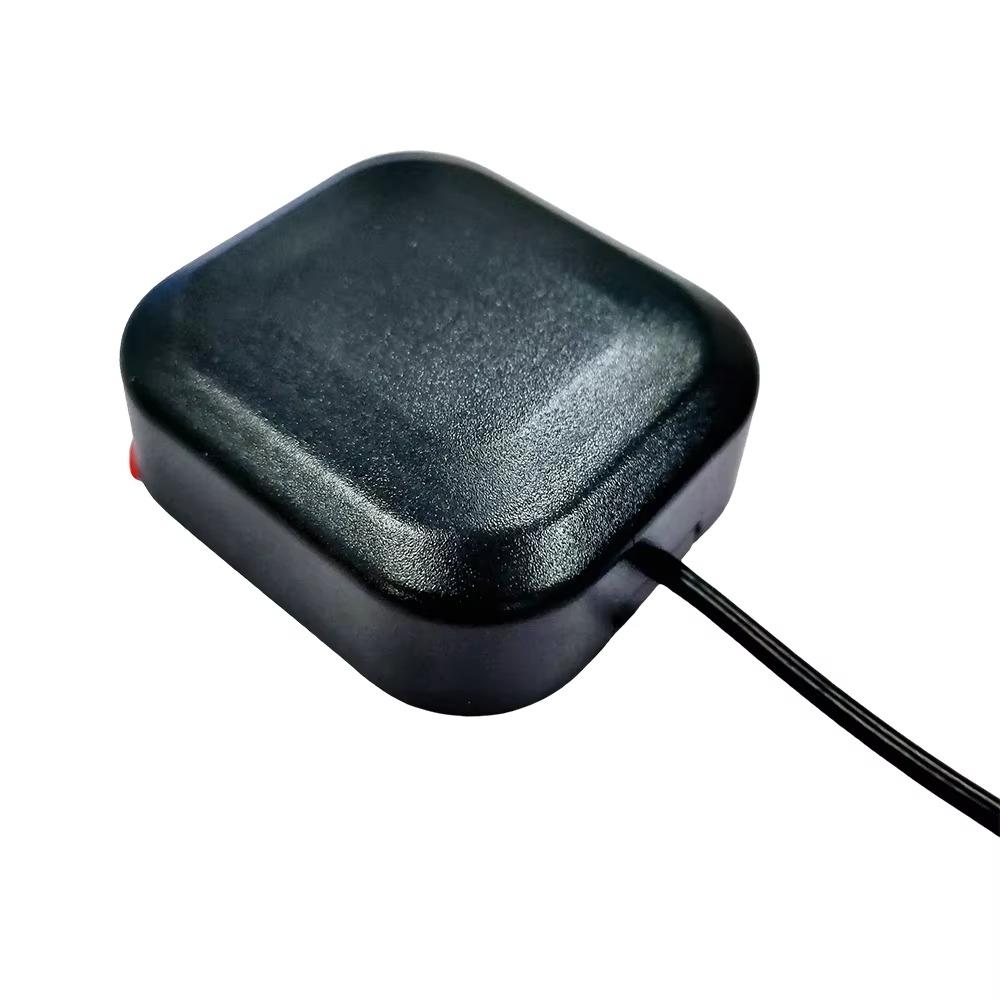Applications
In the automotive industry, dual - band WiFi GPS antennas with waterproof design are increasingly being used for in - vehicle navigation, telematics, and connected car applications. They enable accurate positioning for navigation systems, even in rainy or snowy weather, and provide reliable WiFi connectivity for in - car hotspots and over - the - air software updates. The waterproof feature ensures that the antenna can withstand the rigors of daily driving, including exposure to rain, road spray, and car washes.
In the marine sector, these antennas are essential for navigation, communication, and safety systems on boats and ships. They allow vessels to accurately determine their position at sea, connect to shore - based networks for weather updates and communication, and enable emergency distress signals to be sent in case of an incident. The waterproof design is crucial for withstanding the harsh marine environment, which includes saltwater spray, heavy rain, and high humidity.
Outdoor IoT applications also benefit greatly from waterproof antennas. From environmental monitoring sensors placed in remote forests or wetlands to wildlife tracking devices attached to animals, these antennas ensure reliable connectivity and positioning in all - weather conditions. They enable the collection and transmission of valuable data, such as temperature, humidity, and animal movement, back to central servers for analysis.
For outdoor enthusiasts, wearable devices equipped with waterproof dual - band WiFi GPS antennas offer enhanced functionality. Hikers, runners, and cyclists can use these devices for navigation, tracking their routes, and sharing their location with friends and family. The waterproof feature allows the devices to be used in various outdoor activities, even in wet conditions like rain or near water bodies.
Future Trends
One of the future trends for dual - band WiFi GPS antennas with waterproof design is the further improvement of waterproofing technology. New materials and manufacturing techniques will be developed to achieve even higher levels of water resistance while minimizing the impact on signal performance. For example, nanotechnology - based materials may be used to create ultra - thin, highly effective waterproof coatings that do not interfere with radio - frequency signals.
The integration of artificial intelligence (AI) and machine learning (ML) algorithms is another emerging trend. These algorithms can be used to optimize the antenna's performance in real - time, adapting to changing environmental conditions and signal environments. AI and ML can also be used to predict potential waterproofing failures or performance degradation, enabling proactive maintenance and ensuring the long - term reliability of the antenna.
Advancements in communication technologies, such as the development of 6G and the expansion of the IoT, will drive the need for antennas with enhanced capabilities. Future waterproof antennas will need to support multiple generations of wireless communication standards, offer higher data transfer rates, and provide more stable connections. They will also need to be more energy - efficient to meet the power requirements of battery - powered devices in outdoor applications.
There is also a growing trend towards the development of multi - functional waterproof antennas. These antennas may integrate additional functions, such as Bluetooth, cellular communication, and sensor integration, further enhancing the capabilities of connected devices in outdoor and wet environments. For example, a single waterproof antenna could provide GPS positioning, WiFi and cellular connectivity, and also house sensors for measuring environmental parameters like temperature and humidity.
Conclusion
The dual - band WiFi GPS antenna with waterproof design represents a significant leap forward in wireless technology, combining essential connectivity and positioning functions with robust protection against water ingress. Its ability to operate reliably in wet and harsh conditions has expanded the range of applications for antennas, from automotive and marine uses to outdoor IoT and wearable devices.
While it offers numerous advantages, such as enhanced reliability, extended lifespan, and increased versatility, it also faces challenges, including balancing waterproofing with signal performance, managing costs, and maintaining long - term waterproof integrity. However, with ongoing technological advancements and the emergence of new trends, these challenges are gradually being addressed.
Looking ahead, the future of dual - band WiFi GPS antennas with waterproof design is promising. Continued innovation in waterproofing technology, the integration of AI and ML, advancements in communication standards, and the development of multi - functional antennas will further enhance their performance and capabilities. As the demand for connected and location - aware devices in all - weather conditions continues to grow, these antennas will undoubtedly play an increasingly critical role in enabling seamless connectivity and accurate positioning across a wide spectrum of applications, shaping the future of the wireless and IoT landscapes.




































































 Language
Language
 En
En Cn
Cn Korean
Korean

 Home >
Home > 







 18665803017 (Macro)
18665803017 (Macro)













